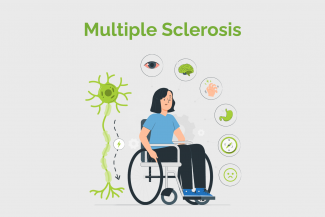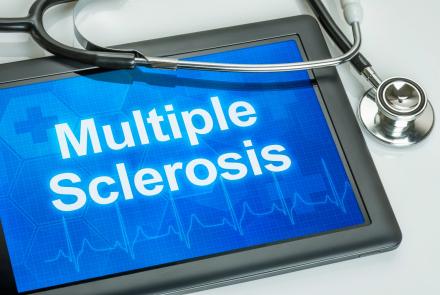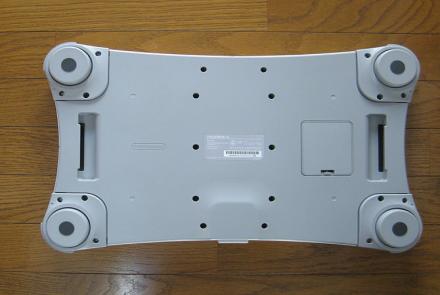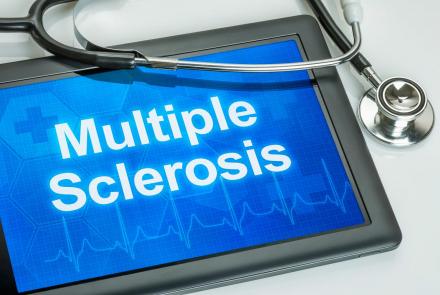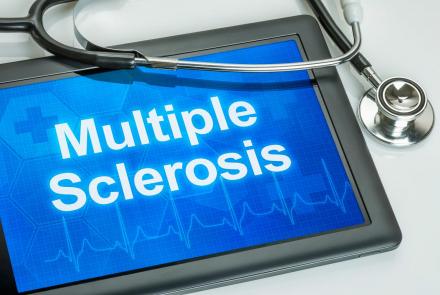
Diagnosing multiple sclerosis
There is no single specific diagnostic test available, but in practice, the diagnosis is done typically based on the presenting signs and symptoms, in combination with supporting medical imaging and laboratory testing.
Clinical data alone may be sufficient for a diagnosis of MS if an individual has had separate episodes of neurologic symptoms characteristic of the disease. In those who seek medical attention after only one attack, other testing is needed for the diagnosis. The most commonly used diagnostic tools are magnetic resonance imaging, analysis of cerebrospinal fluid and evoked potentials. (Evoked potential is the measurement of a response of the nerves following a stimulation. The stimulus can be a flashlight for visual evoked potentials, click or tone stimulus presented through earphones for auditory evoked potentials.)
How these tests help diagnosis:
Magnetic resonance imaging (MRI) of the brain and spine helps early diagnosis as it may show areas of demyelination (lesions or plaques).
Analysis of cerebrospinal fluid obtained from a lumbar puncture can provide evidence of chronic inflammation in the central nervous system. The cerebrospinal fluid is tested for inflammation markers, specifically immunoglobulin G [IgG], found in 75–85% of people with MS.
The brain responses can be examined using visual- and sensory-evoked potentials as nervous system in MS may respond less actively to stimulation of the optic nerve and sensory nerves due to demyelination of such pathways. These brain responses can be examined using visual- and sensory-evoked potentials.

